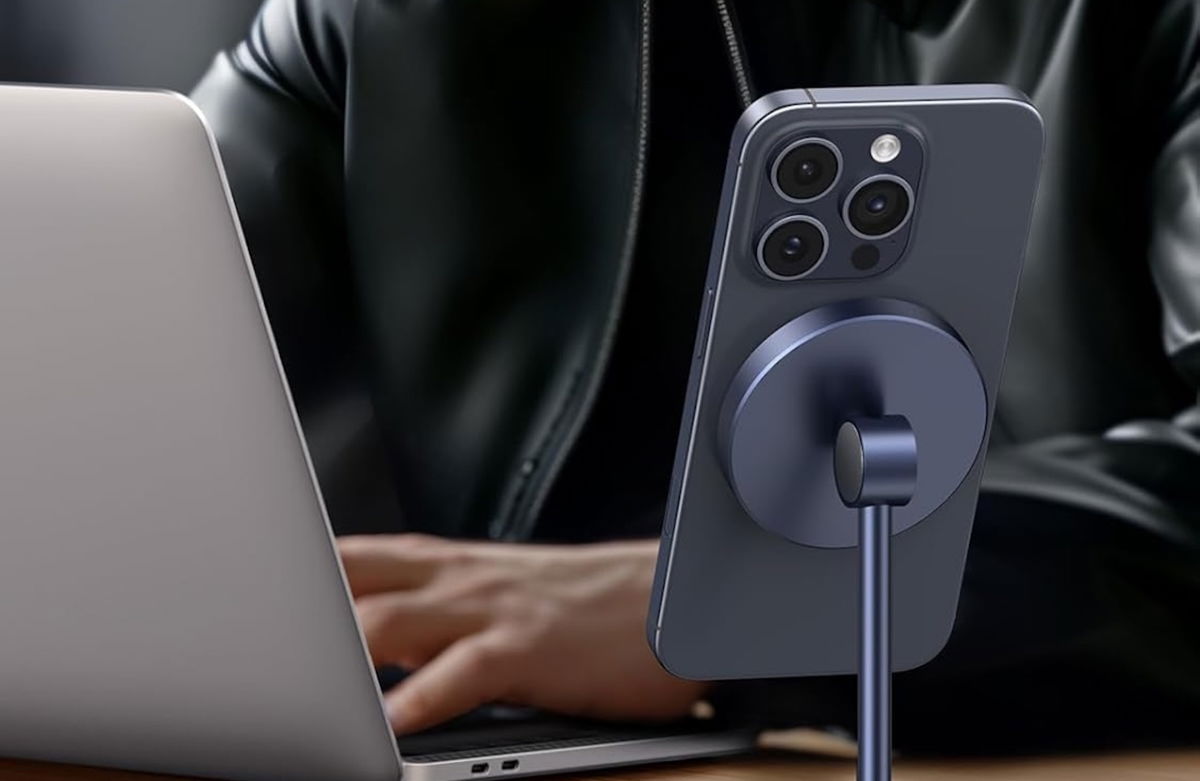This method uses the system’s official API to provide alternative app icons, but bypasses the need for the user to manually confirm the icon change.
In a normal situation, iOS requires the user to select a custom icon in the app, and then the system displays a confirmation notification.
If the system cannot verify that the user performed the action, the icon change is canceled. This way apps can’t change their icons themselves in the background.
Bostwick used a custom method to call the API, allowing custom icons to be loaded without requiring user approval.
It also tricked the system into making iOS see the app as active even in the background. This allows the app to automatically change the icon in the background at any time.
To demonstrate the capabilities, Bostwick created animated icons by combining several frames.
Although the idea of making all icons animated may seem a bit odd, the researcher believes it would be beneficial to allow apps to show short animations when receiving notifications.
Source: Ferra
I am a professional journalist and content creator with extensive experience writing for news websites. I currently work as an author at Gadget Onus, where I specialize in covering hot news topics. My written pieces have been published on some of the biggest media outlets around the world, including The Guardian and BBC News.










